Every Three Years, Artists Compete to Be On View at the National Portrait Gallery. Here Are the Winners
The 2016 show conveys an intensity, as if the artists and their subjects are demanding a conversation on the complex issues of our times
It’s not easy to look away from the captivating subjects in the Outwin Boochever Portrait Competition that just opened at the Smithsonian’s National Portrait Gallery in Washington, D.C.
Unlike the historical and modern-day leaders, renowned activists and famous personalities depicted in the rest of the museum, these are by and large the faces of the unknown; Americans, most of them, looking back at the viewer in a direct gaze.
Not only does that make a confrontational and often emotional connection in these 43 paintings, photographs, sculptures and drawings; it also seems to demand something from the viewer, as if to ask, what will you do now?
“Each displays an intimate connection between the artists and their sitters,” says Dorothy Moss, the associate curator of painting and sculpture at the National Portrait Gallery, who is director of the Outwin Competition.
Held every three years, the competition was begun by a gift from a former volunteer and benefactor Virginia Outwin Boochever, who died in 2005. It’s grown in popularity each time, with some 2,500 entries submitted this year in a variety of media.
And there’s something especially intense and topical in the 2016 show, whose artists hail from 19 states. “I think people are looking at portraiture as a way to have conversations about bigger issues that they are experiencing in their lives, that are in the news, and that also people are talking about,” Moss says.
The winning entry does it as well as any, with a clear-eyed African-American young woman with a large red flower on her hat, whose white gloves hold a comically oversized coffee cup, seemingly rising above social constructs with pure confidence. Baltimore artist Amy Sherald titles her Miss Everything but adds a parenthetical subtitle, Unsuppressed Deliverance.
/https://tf-cmsv2-smithsonianmag-media.s3.amazonaws.com/filer/9a/67/9a67de49-74d0-40f3-b49b-762bff387b80/exhpc337rweb.jpg)
“It’s about who she is in the present moment,” says Sherald, who as first place winner receives $25,000 and a commission to create a portrait of a living individual for the museum’s permanent collection.
Miss Everything is emblematic of the show as well in its depiction of diversity. Unlike, say, the nearby exhibition of presidential portraits, here is a show that celebrates people of color, or various ages, and different backgrounds, and not always distinct gender.
The down and out subject of Joel Daniel Phillips drawing Eugene #4, a third place winner in the competition, regains dignity by having his Mission District surroundings removed and replaced by pure white. Jenny Miller, the subject of Claudia Biçen’s drawing, from a series depicting elderly people facing death, speaks to the viewer not only with a piercing gaze but through her words written intricately on her blouse as if a woven pattern. The deft tonal colors in Dean Mitchell’s watercolor of Artist Bob Ragland makes it look as if he is a ghost, or has just seen one.
And if there is a common profession among those depicted as artist. The most famous of them, David Hockney, in Brenda Zlamany’s oil painting, smiles from his leafy, colorful home. Riva Lehrer’s drawing and mixed media of the graphic artist and Fun Home author Alison Bechdel comes with a Bechdel-like depiction of her mother. Gilda Snowden in Her Detroit Studio by Donita Simpson shows the artist and organizer in her realm as if on a throne. John Ahearn provides, as is his wont, two portraits of his subject, the 19-year-old South Bronx artist Devon Rodriguez, depicted in heroic plaster busts as The Rodriguez Twins.
There are more portraits of children this time around, Moss says. But they are not particularly joyful and playful depictions. Instead, there is a haunting worry from their eyes. Shannan in a photograph by Maureen Drennan looks back from her tiny two wheeler at a street level, bringing to mind the colors and bike shots of William Eggleston. James, Post-Wirral Fight in Jona Frank’s photograph, looks defiant, angry and a little bruised, as a child enlisted in a boxing match might. Mavis in the Backseat is a haunting enough picture from Cynthia Henebry to have earned it second place in the competition; sitting within the womb of a station wagon, it denotes a complexity and depth one might not expect from a five-year-old.
/https://tf-cmsv2-smithsonianmag-media.s3.amazonaws.com/filer/87/61/8761487c-0fcf-42b0-86b1-7abb1c9b5b89/exhpc333web.jpg)
It’s not so different than the ambiguous look of Jarod Lew’s Audrey, a similar image in an enclosed car as if it is her again, older and full of disappointment, her face seeming to ask “Why didn’t anybody tell me?”
There are glints of humor and cleverness in the show as well, as when Wendy Arbeit presents 17 self portraits representing every decade of photography—each perfectly realized studies of formal portraits—and how they were framed—through the years, right up to a sassy selfie—the one example of today’s ubiquitous portrait style in the show.
Naoko Wowsugi plays up the cheesy frames too in her series of department-store-like portraits that capture the people who taught her an odd English word, shooting them in the act of saying it (resulting in some odd facial expressions).
Rare are the portraits exuding happiness, but Lucy, 15 Years Old seems happy finding herself in a dress in the photograph by Carolyn Sherer.
While videos were prominent in the last competition, none made the final cut this year. Instead, the most elaborate multimedia piece is the prominent portrait of the elderly aunt of artist Adrian "Viajero" Roman, in the hanging piece Caja De Memoria Viva II: Constancia Clemente de Colon. It shows the four sides of the woman’s care-worn face on a box, while inside, photographs, utensils and other items reflecting her native Puerto Rico are hung, and her voice can be heard in a recording as well.
/https://tf-cmsv2-smithsonianmag-media.s3.amazonaws.com/filer/b0/e5/b0e59235-bb6b-4c81-9cf9-bf92639f2c78/exhpc295rweb.jpg)
But there are shots of immediacy that seem captured from headlines. The desperate woman in Louie Palu’s photograph Deported clutches a blanket before she’s sent home. A moving portrait of a family traversing the Rio Grande by Rigoberto A. Gonzales, La Guia (The Guide), has the same kind of painterly drama found in Géricault’s Raft of the Medusa or Delacroix’s Massacre at Chios.
Masters of portraiture, particularly John Singer Sargent, are often mentioned as inspirations by the selected artists, including Rick Ashley in his photograph of his brother-in-law, who has Down syndrome and a Superman costume in Michael #147973.
But the influences are sometimes subtle.
There’s a pride and purpose to a lot of the sitters, from the mostly covered mother in the photograph April and her daughter Sarah by Claire Beckett to the two church-going women of seemingly different faiths, Margaret and Marquetta Tisdell, Original Providence Baptist Church by Paul D’Amato; the splendid plaid coat of Johnny Jones in Marti Corn’s photograph or the explosion of patriotically-hued carnations in Tim Doud’s American Prize.
Ray DiCapua, a return artist from the 2013 competition, delivers another large format charcoal drawing, Phyllis, in which he depicts his mother seemingly grappling with age. The only other work as large is Sedrick Huckaby’s close up self-portrait Sedrick, Sed, Daddy which combines a Chuck Close nearness to the bold strokes of Rouault. It wins a cash prize as "Commended" as will Daniel James McInnis’ inkjet print Heidi and Lily, Ohio 2014; Jess Dugan’s self-portrait photograph; and Jessica Todd Harper’s photograph Becky, June, Jessica and Mary.
/https://tf-cmsv2-smithsonianmag-media.s3.amazonaws.com/filer/77/67/7767a4d0-2458-4faf-b1b6-7caa90923663/exhpc259web.jpg)
“To end up with a show of this depth and quality focused on the portrait really speaks to the continued viability of that genre as an art practice,” says Dawoud Bey, a professor of art at Columbia College Chicago, one of the judges assembled for the competition. Helen Molesworth, chief curator at the Institute of Contemporary Art in Boston, New York magazine senior art critic Jerry Saltz and John Valadez, a Los Angeles painter and muralist also joined Moss and National Portrait Gallery chief curator Brandon Brame Fortune to form the jury.
But the viewers can also be their own judge.
Voting is open through September 20 for a People’s Choice Award winner.
Proof of the popularity of the portrait competition comes in the fact that when the show ends its run in Washington on January 8, 2017, it will travel to three other museums across the country for another year.
“The Outwin 2016: American Portraiture Today” is on view at the National Portrait Gallery in Washington, D.C. through January 8, 2017. The exhibition will travel to the Tacoma Art Museum in Tacoma, Washington, from February 4, 2017 to May 14, 2017; the Art Museum of South Texas in Corpus Christi, Texas, from June 8 to September 10, 2017; and the Kemper Museum of Contemporary Art in Kansas City, Missouri, from October 6, 2017 to January 7, 2018.
/https://tf-cmsv2-smithsonianmag-media.s3.amazonaws.com/accounts/headshot/RogerCatlin_thumbnail.png)
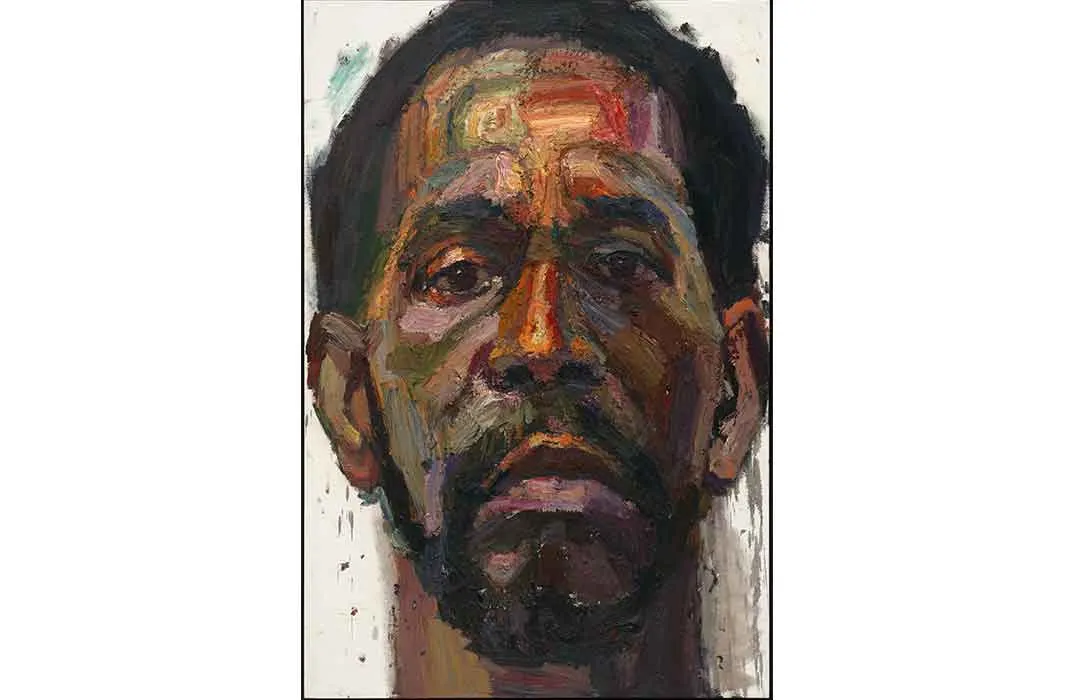
/https://tf-cmsv2-smithsonianmag-media.s3.amazonaws.com/filer/93/a8/93a826f2-433a-4125-b9e0-db6a35363be2/exhpc338web.jpg)
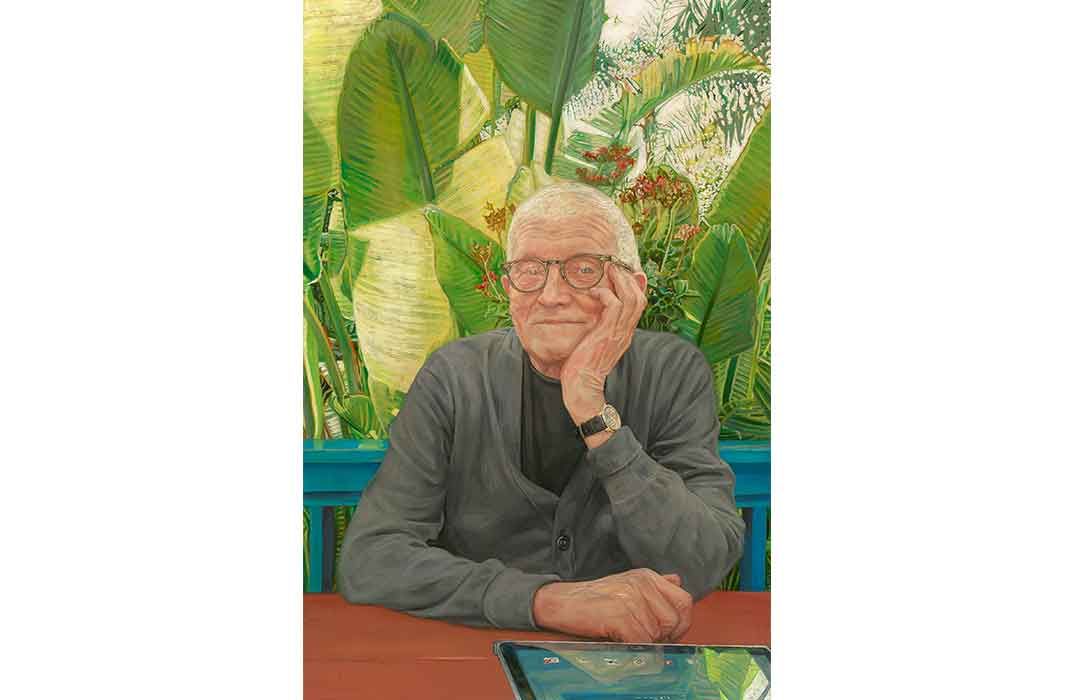
/https://tf-cmsv2-smithsonianmag-media.s3.amazonaws.com/filer/dc/54/dc54b187-8b70-48e1-aff5-dc5bd51a3c27/exhpc341web.jpg)
/https://tf-cmsv2-smithsonianmag-media.s3.amazonaws.com/filer/79/e6/79e67406-4984-44d9-ab77-1625d5224c6c/exhpc329rweb.jpg)
/https://tf-cmsv2-smithsonianmag-media.s3.amazonaws.com/filer/e3/77/e377ac8a-a75b-470c-b2a6-35d13e55513a/exhpc340web.jpg)
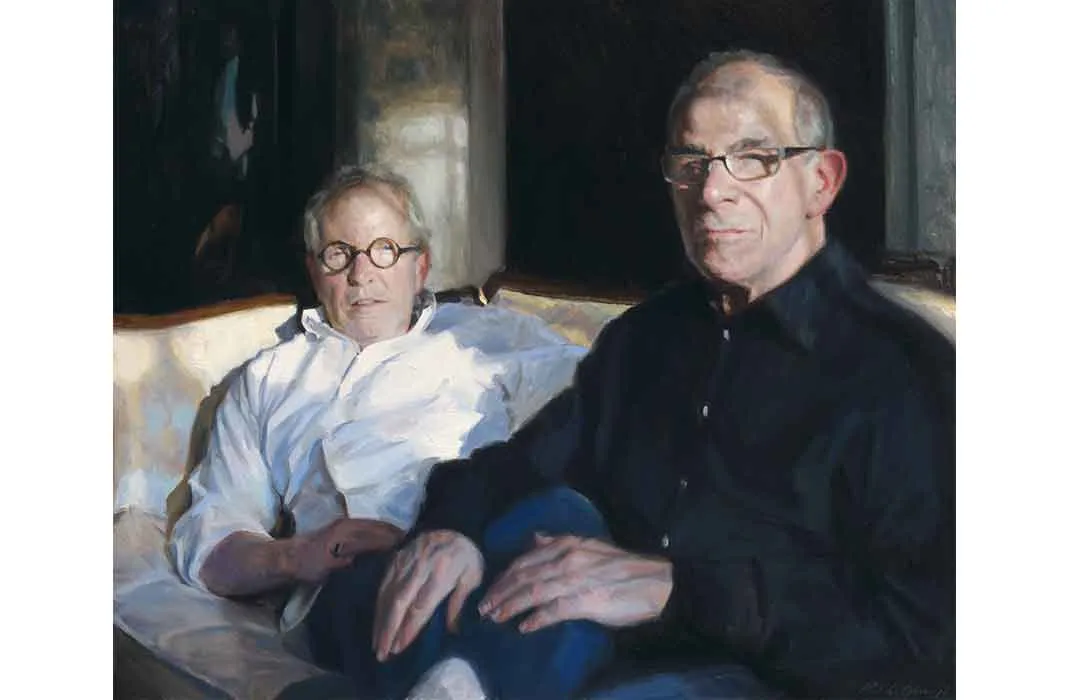
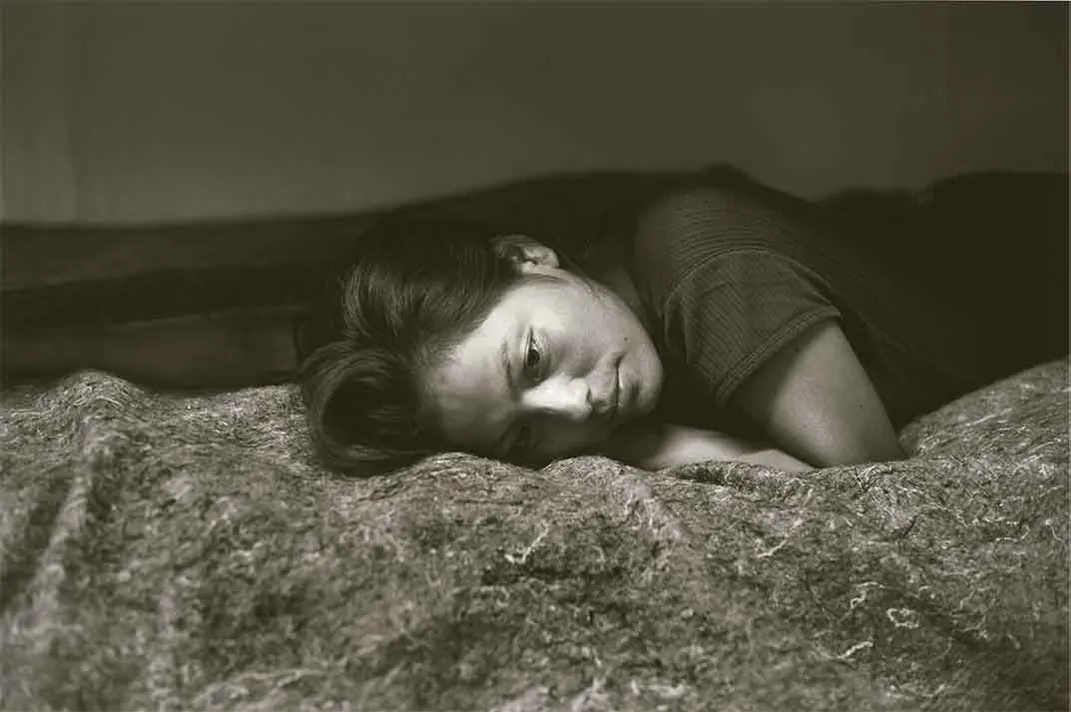
/https://tf-cmsv2-smithsonianmag-media.s3.amazonaws.com/filer/69/2c/692cb1f4-1e82-4afe-9183-25d928e7c7db/exhpc324rweb.jpg)
/https://tf-cmsv2-smithsonianmag-media.s3.amazonaws.com/filer/49/63/496312fa-cb00-4da1-977c-ac4c1e74a686/exhpc323rweb.jpg)
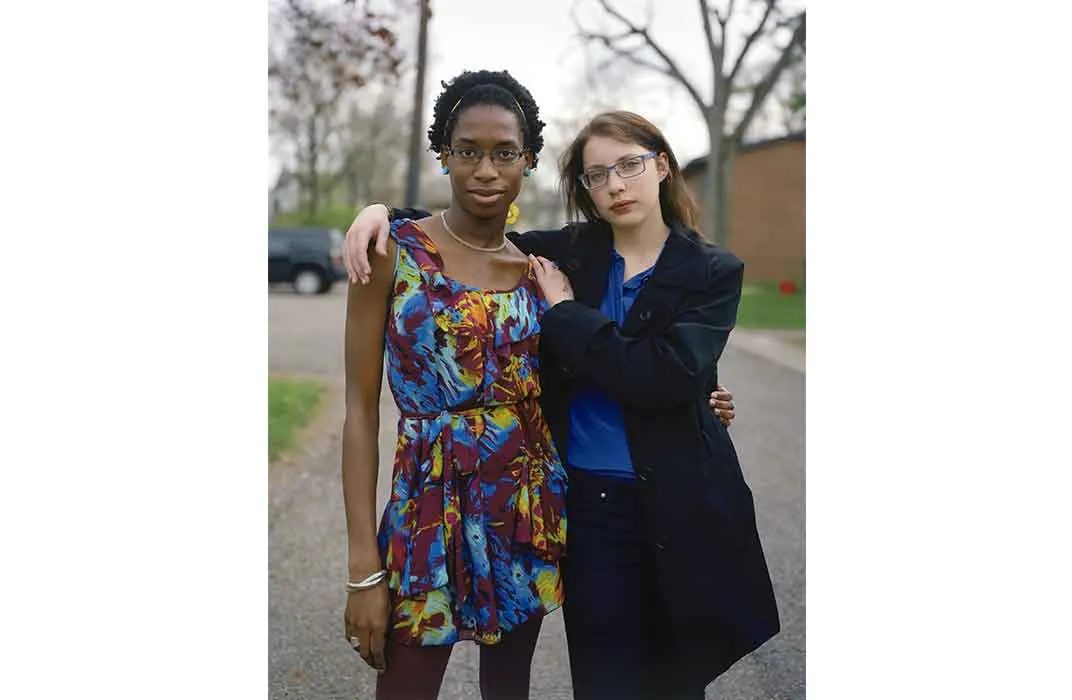
/https://tf-cmsv2-smithsonianmag-media.s3.amazonaws.com/filer/fc/a7/fca7829c-b0ed-4fad-8f35-dd52ee9cc903/exhpc304web.jpg)
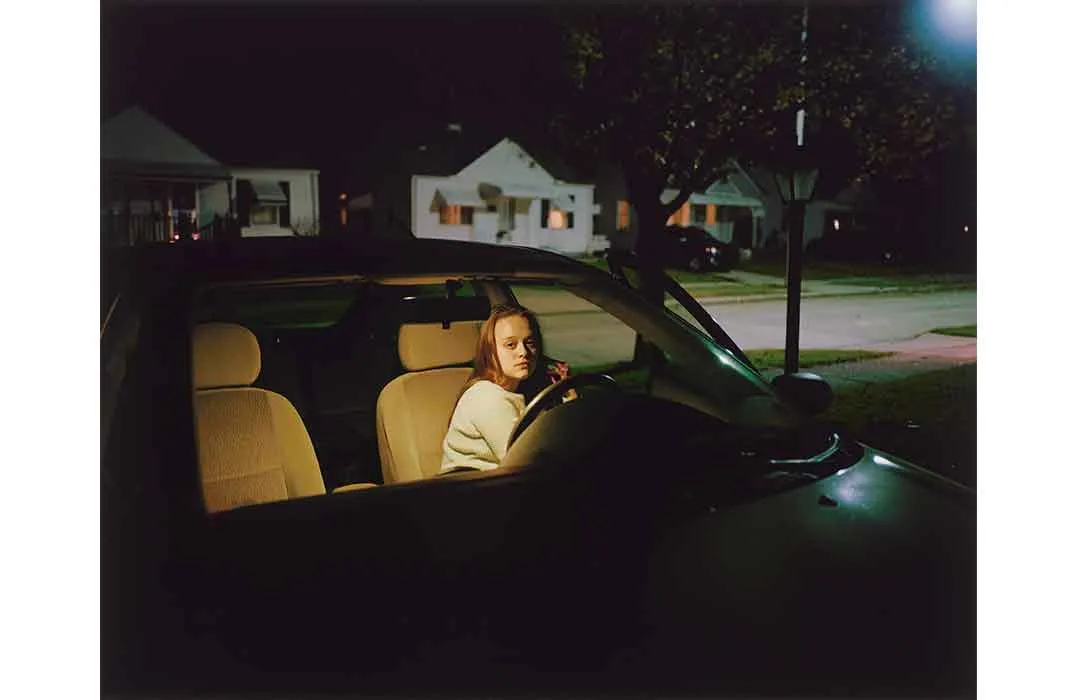
/https://tf-cmsv2-smithsonianmag-media.s3.amazonaws.com/filer/9d/fc/9dfc125b-aa76-4a65-be45-2946ac41b1d8/exhpc261web.jpg)
/https://tf-cmsv2-smithsonianmag-media.s3.amazonaws.com/filer/85/c0/85c0f7fa-28e5-4553-a7d5-684c454f6049/exhpc300rweb.jpg)
/https://tf-cmsv2-smithsonianmag-media.s3.amazonaws.com/filer/ca/ab/caab934d-2964-478b-92ca-5ac2ca2e27aa/exhpc294web.jpg)
/https://tf-cmsv2-smithsonianmag-media.s3.amazonaws.com/filer/cc/c0/ccc0dc85-2c82-47c9-9a75-bae42ad5d9e0/exhpc291ccweb.jpg)
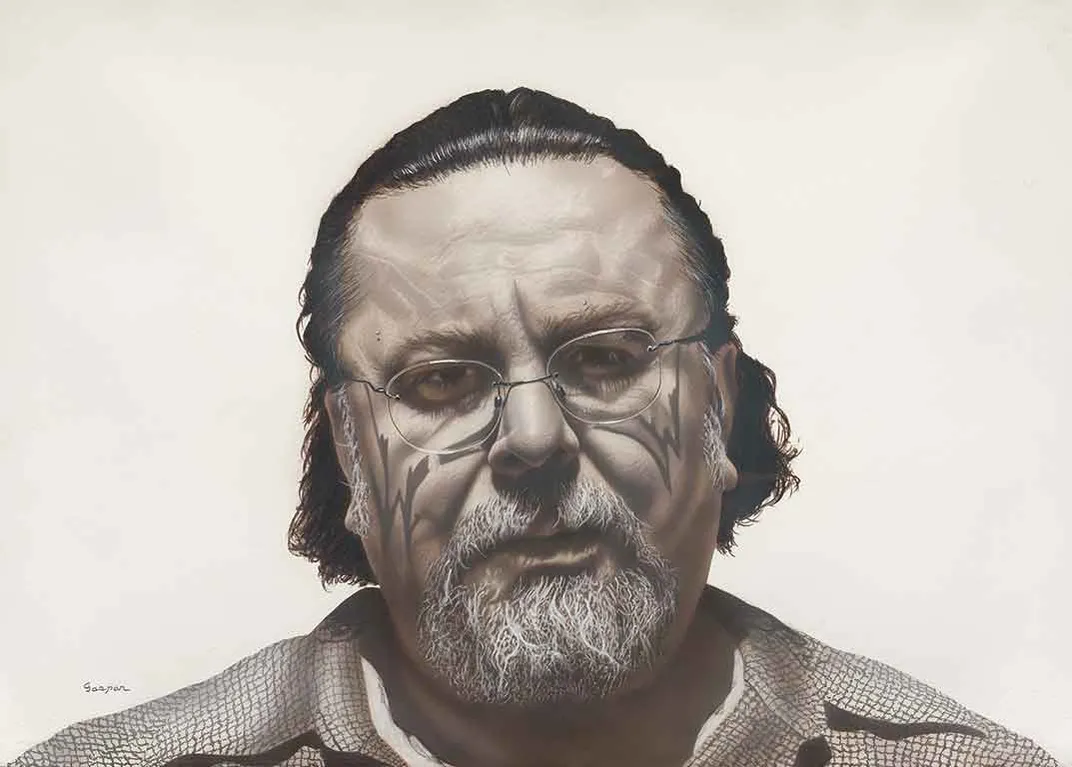
/https://tf-cmsv2-smithsonianmag-media.s3.amazonaws.com/filer/93/ae/93ae6813-1d59-4cf8-a9b1-ceab5ce1e20a/exhpc276rweb.jpg)
/https://tf-cmsv2-smithsonianmag-media.s3.amazonaws.com/filer/2d/a6/2da669af-b115-4563-89f0-3746cfa6a8b3/exhpc287web.jpg)
/https://tf-cmsv2-smithsonianmag-media.s3.amazonaws.com/filer/57/31/57317213-9d63-491e-ab9c-abf4ed5fb66d/exhpc275rweb.jpg)
/https://tf-cmsv2-smithsonianmag-media.s3.amazonaws.com/filer/c8/b5/c8b5a2c6-469e-408b-b756-4d0ae43a1ed2/exhpc262rweb.jpg)
/https://tf-cmsv2-smithsonianmag-media.s3.amazonaws.com/filer/46/c1/46c19fd1-739c-4068-97a2-7d866ddbe1a9/exhpc273rweb.jpg)
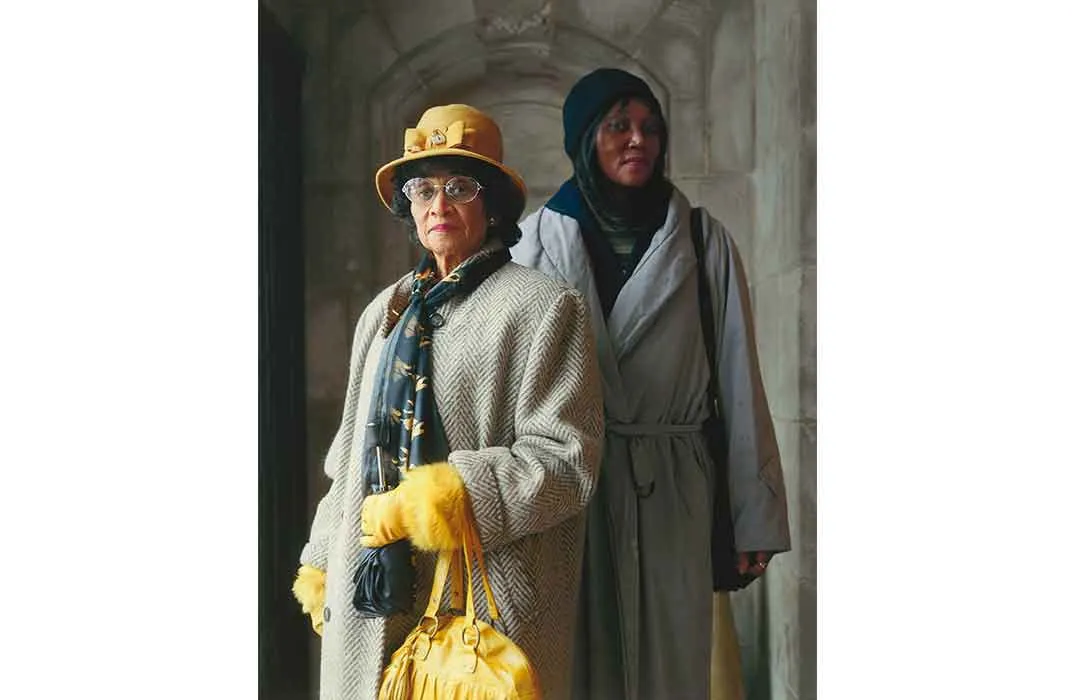
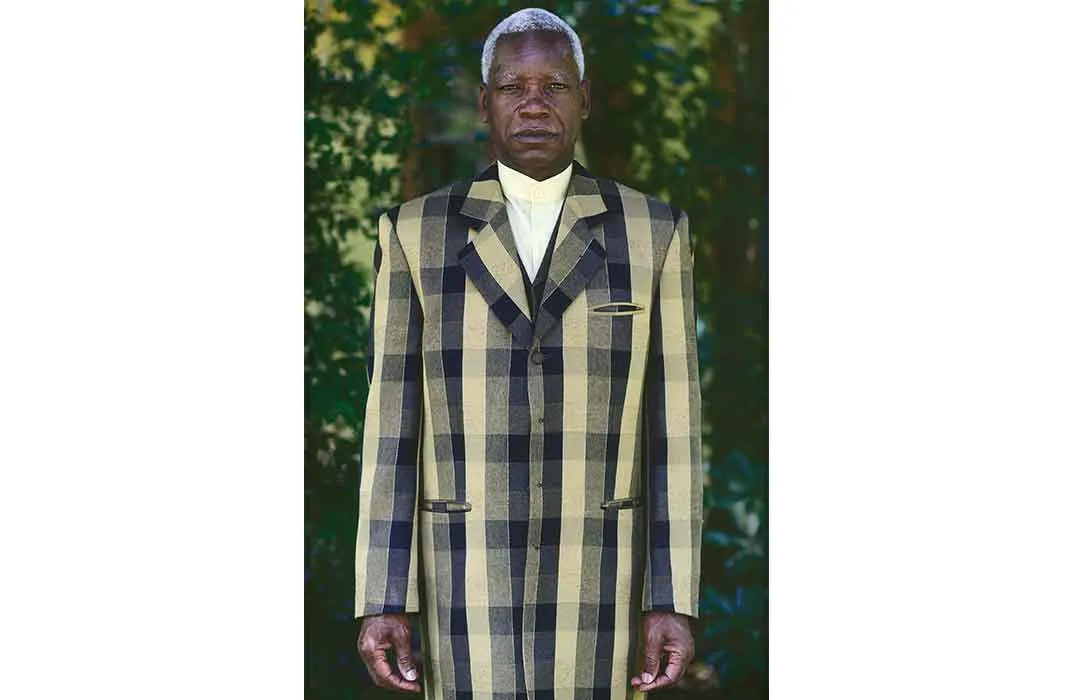
/https://tf-cmsv2-smithsonianmag-media.s3.amazonaws.com/accounts/headshot/RogerCatlin_thumbnail.png)